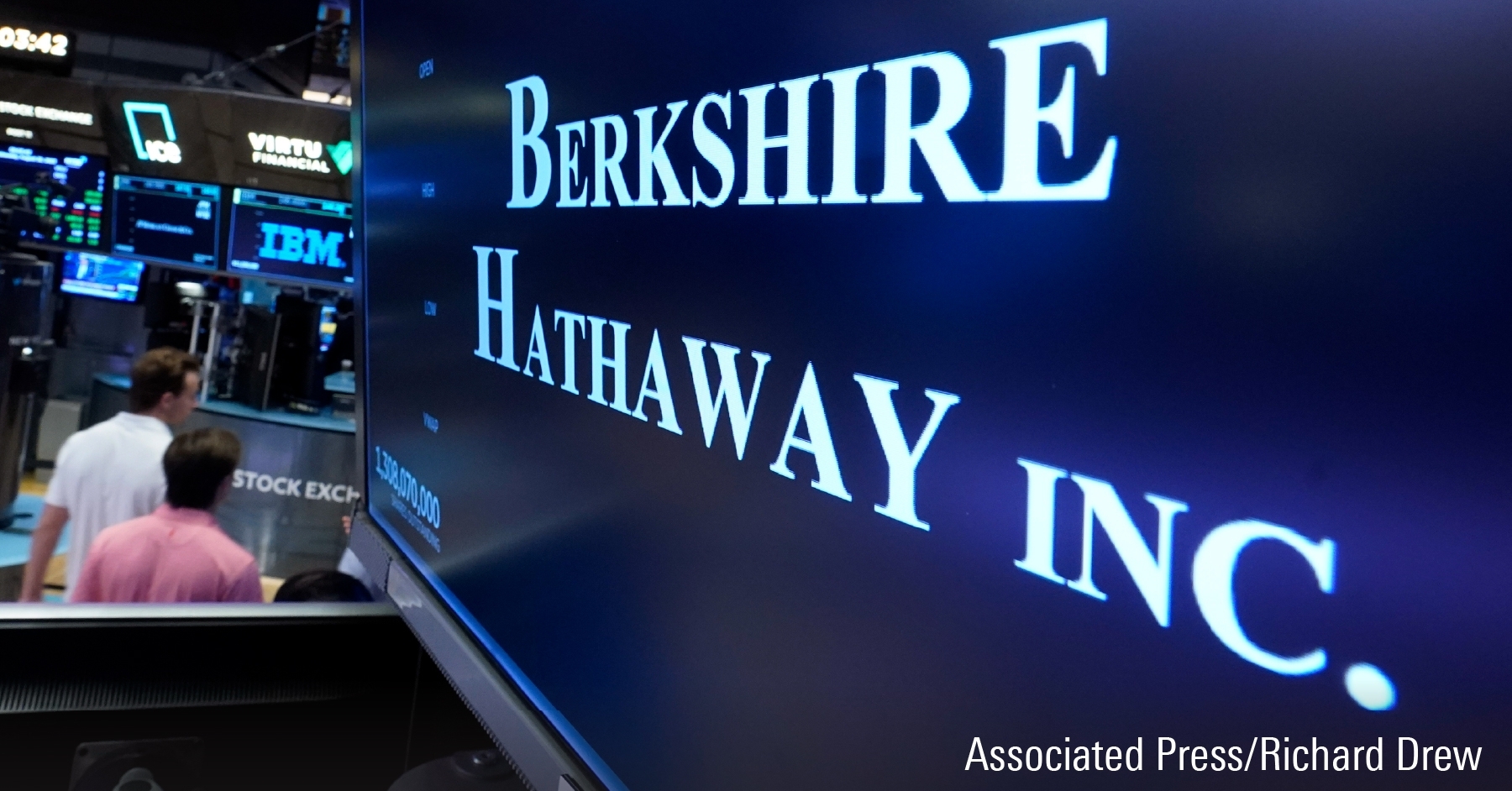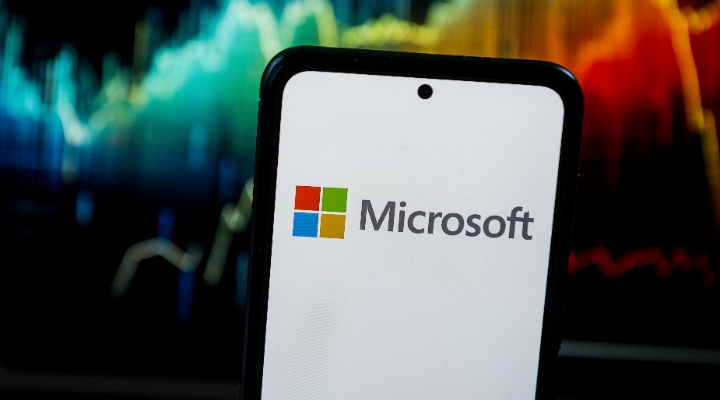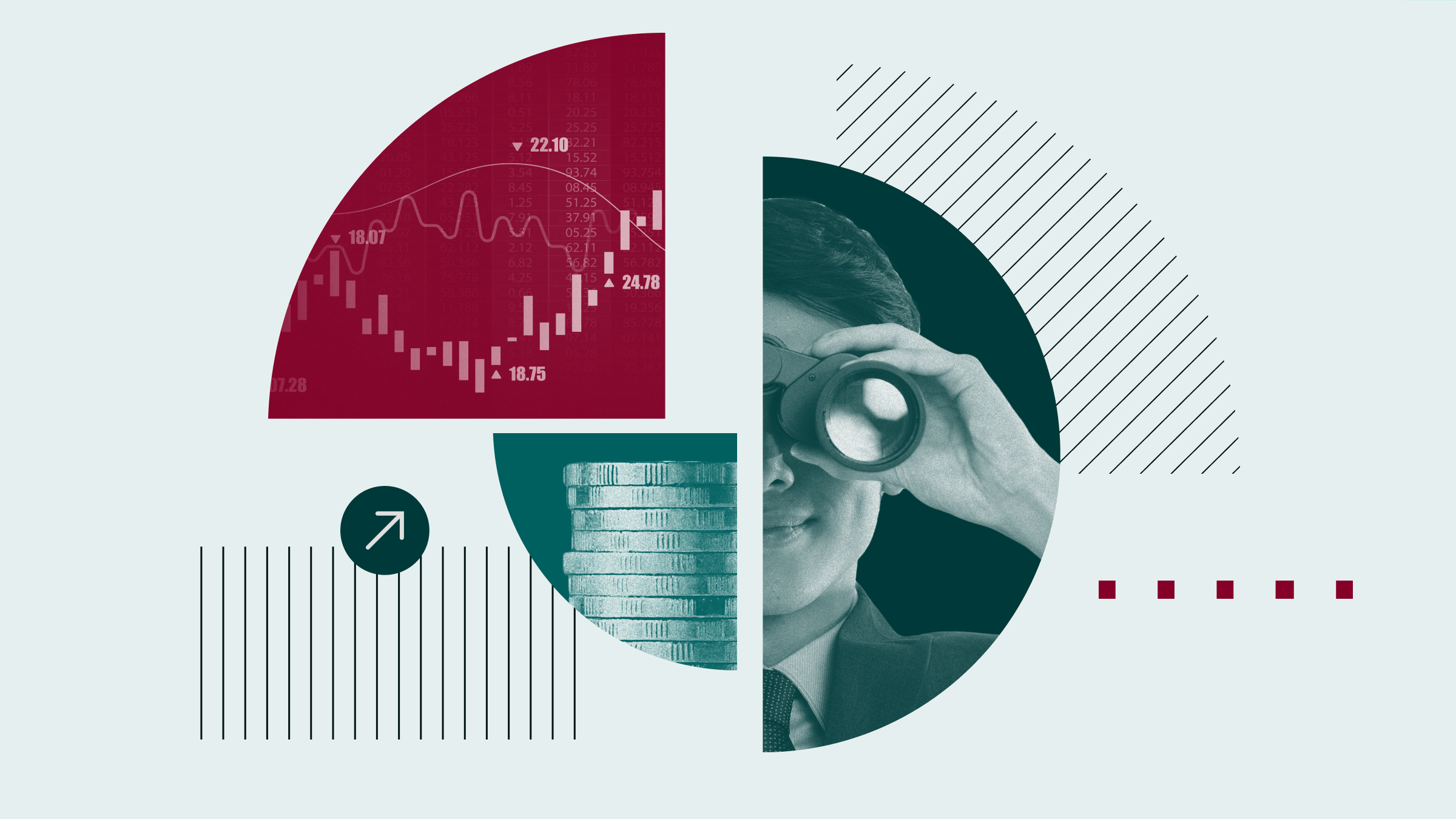We weren’t surprised that narrow-moat Norwegian Cruise Line (NCLH) lowered its full-year outlook; peer Royal Caribbean (RCL) had done the same the week before. However, Norwegian’s change is wider by significant magnitude as a number of factors are weighing on its full-year earnings potential. Like Royal, upside was limited as a result of a weaker British pound after the Brexit vote, but unlike Royal, Norwegian has experienced weakness in sourcing U.S. consumers for European sailings, something that Royal brushed off as unproblematic. Expectations for Caribbean itineraries out of Miami have been reduced but continue to improve year over year, just at a less robust pace. Occupancy continues to suffer at the expense of holding pricing firm, at 107% in the second quarter versus 109% last year.
Some surprise came from Norwegian rescinding its 2017 goal of $5.00 in earnings per share. We had already contemplated a lower EPS forecast at $4.75; now that we have updated our outlook for 2016 and 2017 (with a 2017 EPS estimate of $3.89), we’ve reduced our fair value estimate to $61 per share from $66. Our new outlook accounts for continued weakness in European itineraries throughout 2017, which we expect will be offset by Alaska, Bermuda, and Balkan routes that remain solid.
The first half of 2017 has captured higher pricing with flat loads, which should support the 15%-25% earnings growth Norwegian seeks to achieve. However, the second half of 2016 will be affected by capacity additions in the Caribbean as well as continued European and South American pricing weakness. Management reiterated its pricing strategy--that it markets to fill rather than discounts to fill--which it believes will help maintain the pricing power of the business over the longer term. This strategy is a key tenet in our narrow economic moat rating, as we believe it boosts the long-term brand equity of Norwegian and its ability to increase pricing from current levels.
Current conditions in Europe aren’t surprising, given the headline risk that has enveloped the region in recent periods. In quick succession, deployment demand suffered from the Brussels airport attack, terrorism in Istanbul, the Bastille Day attack, and an attempted military coup in Turkey. And while we have been positive in the past regarding Norwegian’s heavy sourcing from the United States, this backfired on the company in the second quarter. High-income U.S. consumers (in particular, those who would be taking the company’s Oceania or Regent itineraries in the Mediterranean) have been hesitant to move forward with planned trips to the region and have been willing to forgo or postpone such holidays until they have more certainty about stability there. Our main concern is that attacks will continue, acting as a drag on earnings longer than we currently anticipate. If instability remains, though, Norwegian can continue to shift capacity out of the region to where yields and demand are more attractive. With the company moving into China next year, the Asia Pacific market could probably take on additional capacity from the Norwegian brand in 2018 and beyond.
With heavy capacity in Europe during the key travel season (28% for Norwegian, 87% for Oceania, and 81% for Regent), it is easy to see why performance struggled. Yields fell short of expectations, rising 1.3% on an as-reported basis, while costs beat the prior outlook, rising less than 6%. Continued pressures are flowing through to full-year yield and cost guidance. For 2016, Norwegian now expects yields and costs excluding fuel to rise 1% on an as-reported basis. Previously, the company had called for yield growth of 3.5% and a cost increase of 2.25%. With 72% of inventory already booked for the fourth quarter, there is still some pricing risk over the remainder of the year, but pricing weakness appears to be already baked into the outlook, swinging from a mid-single-digit increase previously to a low-single-digit decrease after the revision on an as-reported basis.
Differentiated Product Sets Norwegian Apart
With the inclusion of Prestige in 2014, Norwegian Cruise Line’s capacity rose to more than 40,000 berths, making it an increasingly relevant competitor in the cruise industry. Capitalizing on decades of consumer analytics and best practices across brands, the firm can nimbly cater to changing trends, in our view. Additionally, we view Norwegian’s freestyle cruising as a differentiated product, catering well to an older demographic, who may want to take their families on holiday, and millennials, who want increasing options. While the experience is different than traditional cruising, the lack of switching costs among cruise brands is a restraint to the economic moat, rendering Norwegian a narrow-moat firm. With Prestige’s brands, we think the firm could fortify its moat through increasing brand awareness and scaling costs.
Our long-term thesis continues to evolve, as Norwegian plans to return to the Asia Pacific market after a 15-year hiatus and expand its presence globally. A focus on itinerary scarcity should prevent Norwegian’s products from becoming commodified. We already viewed the company’s capacity as scarce relative to its peers, as the Norwegian brand will have only 17 ships in operation by the end of 2020, and freestyle cruising along with Prestige’s tilt to high-net-worth consumers carves out a differentiated base of consumer demand than many of its peers.
Industry operators has been focused on firming pricing globally and improving returns on invested capital overall, which could help generate better profit results for Norwegian. However, peers could discount during periods of economic duress, forcing Norwegian to follow suit. Prestige’s brands provide some insulation from broad-based discounting as its luxury products are offered to consumers who tend to be less affected by economic cycles, leading to less close-in discounting.
Improving Cost Structure, High Barriers to Entry
We assign a narrow economic moat rating to Norwegian thanks to the company’s brand awareness and presence (particularly in the Caribbean) as well as its cost structure, which we expect will improve as the expands capacity and leverages vendor and port relationships with the inclusion of Prestige. Norwegian’s brand recognition is healthy, despite falling in the shadow of its sizable peers, Carnival(CCL)/(CUK) and Royal Caribbean, which have more than 100 and 40 ships deployed, respectively, versus Norwegian’s 24 since adding Prestige. We see this through the better capacity-adjusted yields the company currently commands.
While the current balance of capacity can force Norwegian to be a price-taker in periods of economic or geopolitical distress in its namesake brand, the firm can wield some influence on its consumers by offering a differentiated product in freestyle cruising. Over time, as Norwegian’s capacity grows faster than its peers, we expect it can close the price-setting gap with its competitors and wield even more pricing power, particularly through the upscale Oceania and Regent brands. While the company currently earns more on a daily per berth basis than its peers, we suspect this could have to do with the limited supply of berths Norwegian currently has in the key Caribbean region. We also think the proportion of new berths relative to peers’ fleets helps drive a higher average price, as newer ships generate premium pricing. Additionally, we see the company’s dedication to remain in the Caribbean region and build its brand while competitors redeploy some capacity to Europe as improving goodwill with its core consumer, as options in the region remain rather than decline.
As more ships come on line (with Regent Explorer and Oceania Sirena launching in 2016 and Bliss set for a 2017 delivery date, along with two additional Breakaway Plus ships in 2018 and 2019), we previously expected pricing growth to slightly flatten; the supply and demand dynamic could shift and affect pricing negatively from the increased capacity, but should be offset by the premium pricing new ships generally command. Based on new commentary surrounding a more global deployment plan in periods ahead, Norwegian may be able to better control the cadence of flattening, supporting better yield growth as it replaces lower-yielding itineraries with new, higher-yielding itineraries.
Returns on invested capital surpassed our estimated 10% weighted average cost of capital in 2015, and we forecast Norwegian capturing midteens ROICs by 2018 if the economic environment doesn’t deteriorate materially. Management continues to focus on improving ROICs as newer, more cost-efficient ships are deployed. With a heavy weighting to Caribbean cruising at the namesake brand, future expansion into other markets like Asia and South America creates a tremendous growth opportunity for the business. While the company will probably lose out on the brand-building the first mover gets in some markets, it will be able to learn from others’ mistakes and tactically position itself drawing on consumer analytics and the best practices of its new additions (Regent and Oceania) and sponsors (particularly Star Cruises in Asia). The ability to combine its negotiating power with other portfolio companies for expenses like food and other inputs has helped the company achieve good expense control on a capacity-adjusted basis.
The top three publicly held cruise lines--Norwegian, Royal Caribbean, and Carnival--control nearly 90% of the North American market. This significant share of capacity is enough to prevent most new competitors from entering the marketplace, as a smaller entrant would find it difficult to leverage its costs across a small fleet and the nascent brand could prevent strong pricing, making it hard to break even. The capital-intensive nature of the business also discourages potential competitors without very deep pockets or the ability to obtain significant amounts of financing from attempting to take share in the segment. With more recent large ships costing more than $1 billion and limited worldwide shipbuilding capacity, it would be difficult for any competitor to enter the market and scale up quickly.
Although we expect the company to generate ROICs consistently higher than its cost of capital, we don’t think it has carved a wide moat. We believe Norwegian will fortify its moat over the next decade as its brand presence becomes more visible in international markets and its cost structure becomes more competitive, particularly with the addition of Oceania and Regent, but we remain concerned that cruising still competes with land-based vacations, and with no switching costs among alternatives, the choices are nearly limitless.
Geopolitical Risk Exists
Norwegian faces risks similar to its peers, including geopolitical uncertainty, commodity price volatility, and changes to the U.S. tax code, as well as company-specific issues. The company is in the early stages of expanding its fleet and relies on proper financing to continue to order ships. We view additions to the fleet as imperative in order to continue to capture premium pricing. Additionally, the firm still has concentrated ownership by Apollo and Genting (which own 27% of shares), whose best interests may be incongruous with those of outside shareholders, leading to less-than-optimal capital-allocation decisions.
Risks to pricing power exist, as the media have clung to negative publicity in prior years, threatening cruise brands’ ability to raise fares. With Royal and Carnival able to cut prices when necessary, we see Norwegian as a price-taker in certain instances, primarily during economic slowdowns of longer durations, or during times of geopolitical uncertainty. However, our concern remains somewhat tempered, as the domestic spending environment remains stable and the cruise companies seem adamant on holding pricing firm. Norwegian has some concentration risk as its primary source of consumers is the U.S.
Disclosures:
Analytikeren eier ikke aksjer i selskapet. Opprinnelig ble notatet publisert på Morningstar.com 15.8.2016 og analyse, forventninger og notat publisert på Morningstar Select 9.8.2016. Morningstar Fair Value og andre beskrivelser kan endres som følge av at forutsetningene for aksjen eller markedet endres og er beheftet med usikkerhet. Fair Value Estimatet er blitt gjennomført ved en diskontert kontantstrømsanalyse og er fremadskuende. Siste oppdatering for Fair Value for selskapet er 9.8.2016.
Alle Morningstars analytikere må forholde seg til Morningstar Code of Ethics, Securities Trading and Disclosure Policy, samt Investment Research Integrity Policy. Se her for mer informasjon.
























